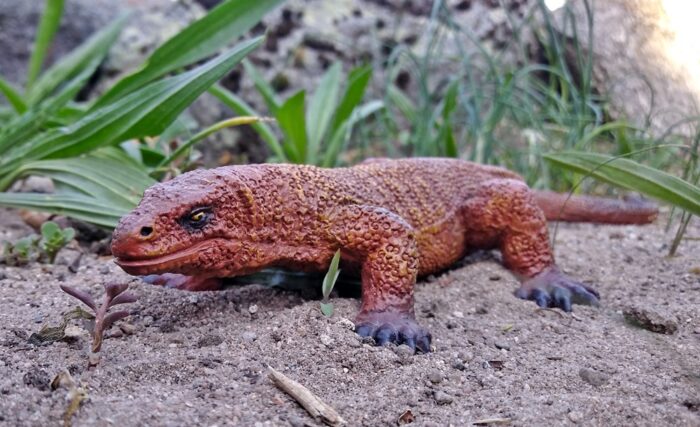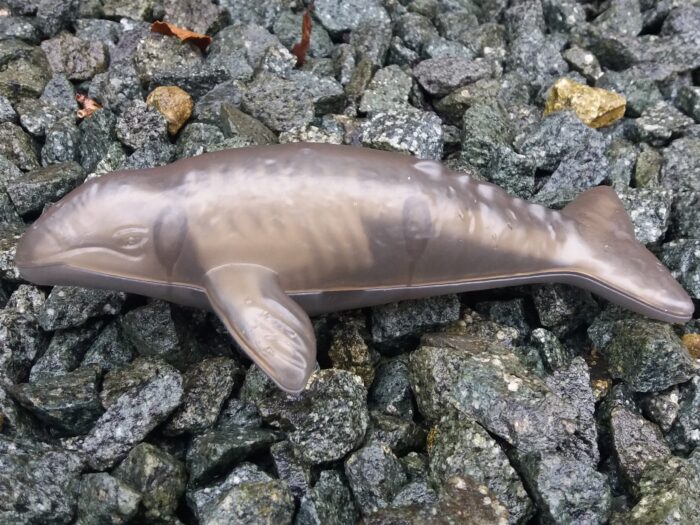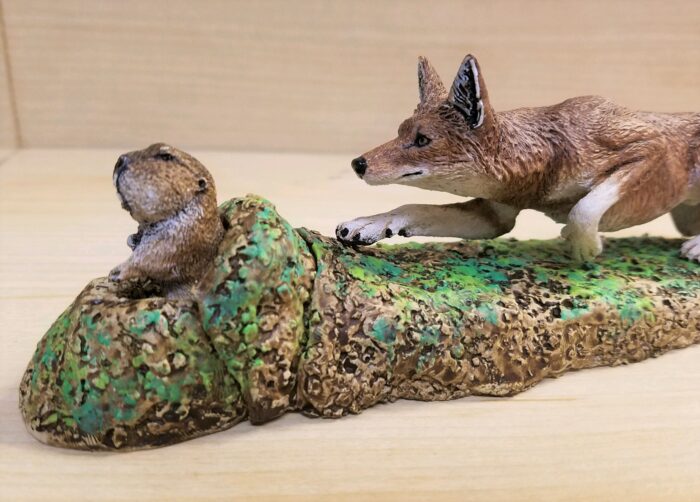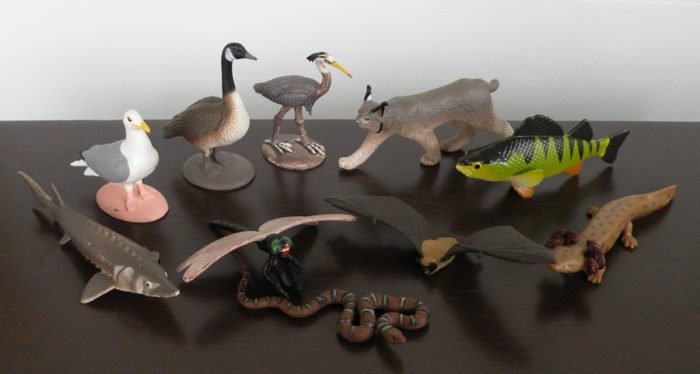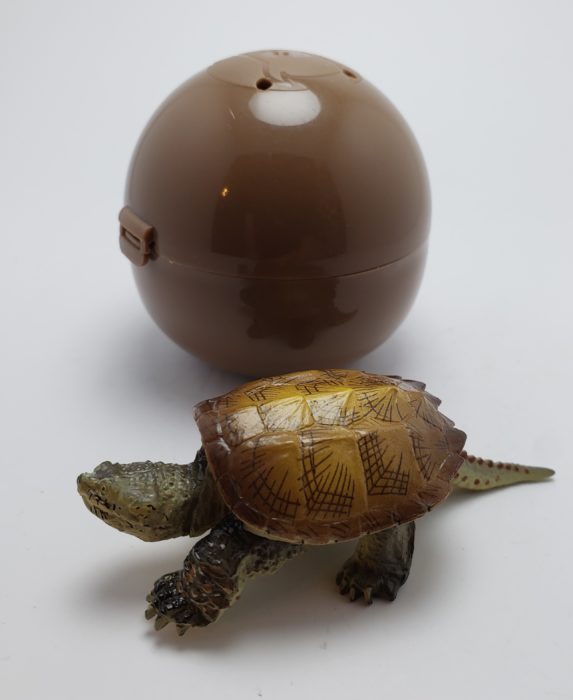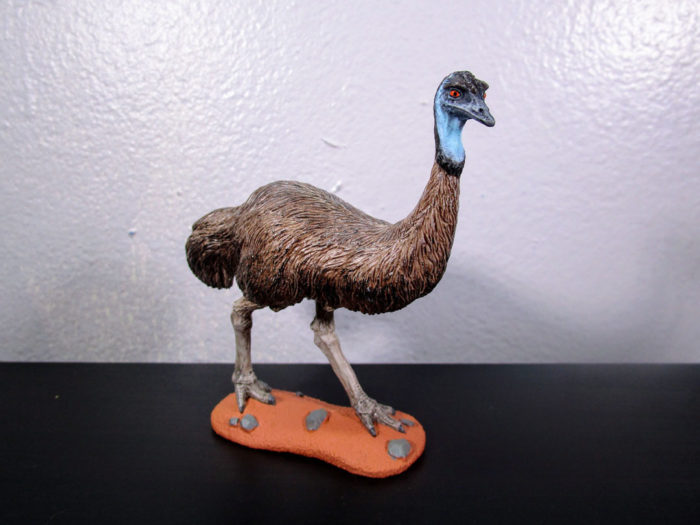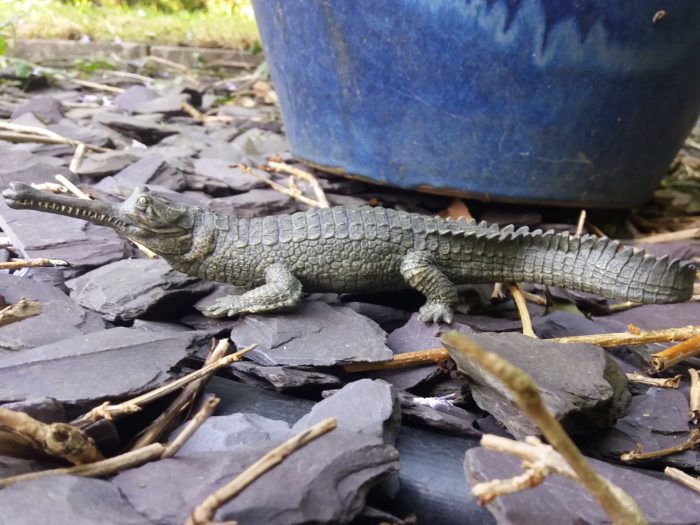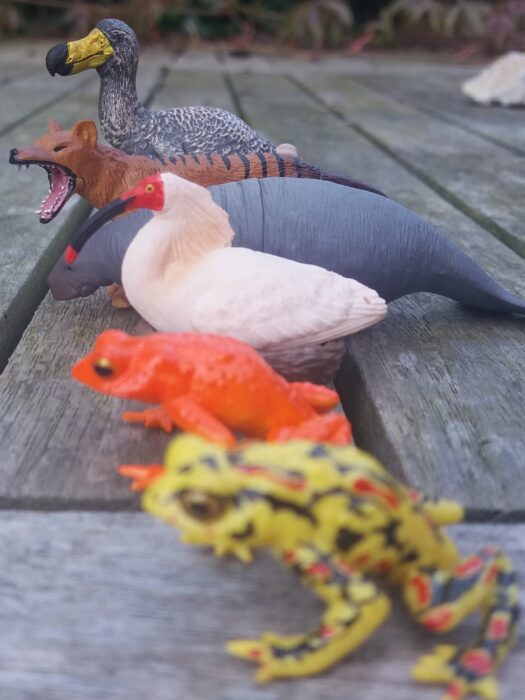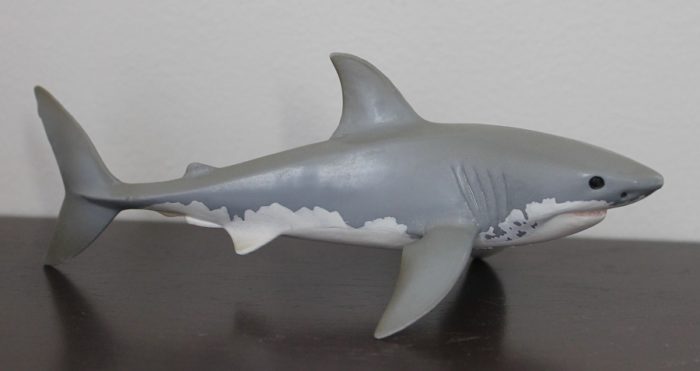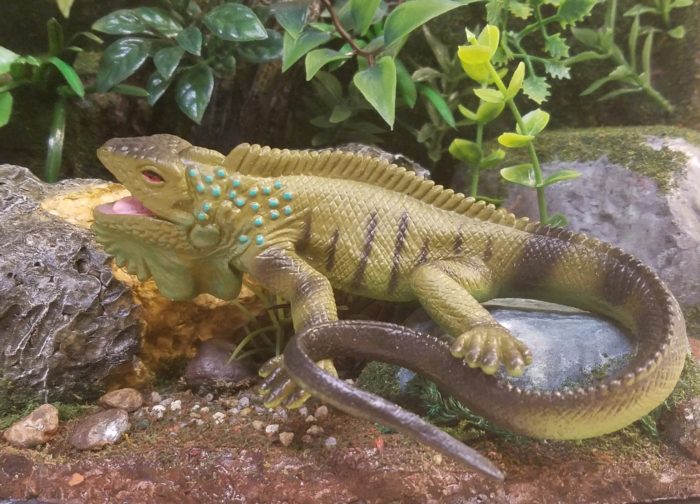Review and images by Lanthanotus; edited by bmathison1972
Despite that the class of reptiles holds a much greater number of species than mammals (even if you do not count in the birds), the number of species represented in toy form is quite low comparatively, especially within the major toy brands. Lizards especially are not well represented, maybe due to their usually small size which makes figures vastly out of scale with other toy figures.

